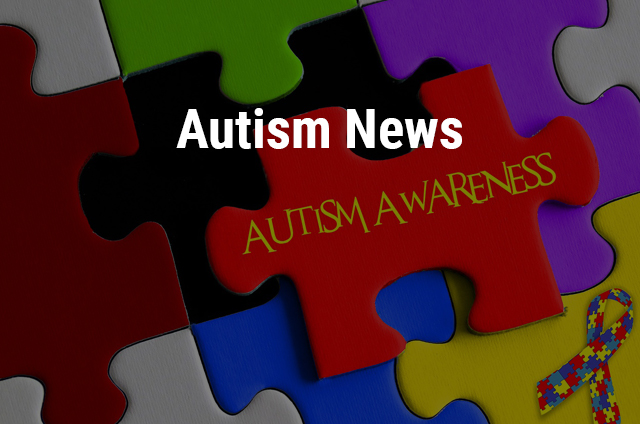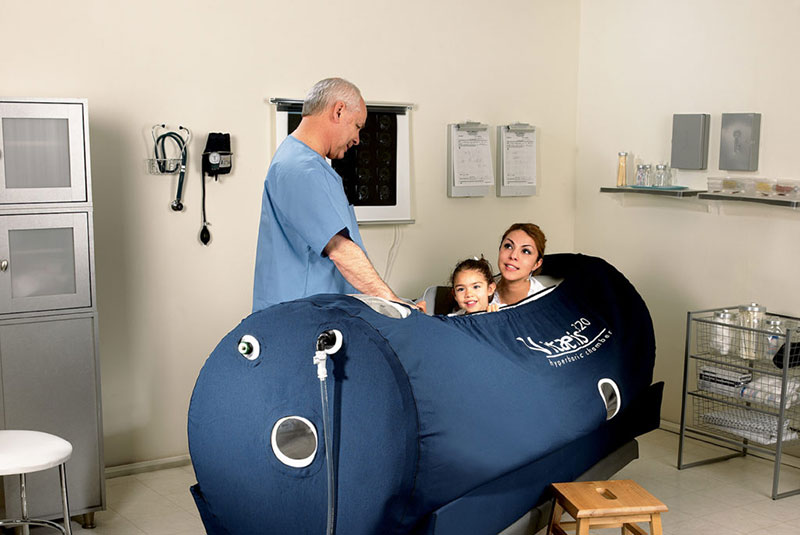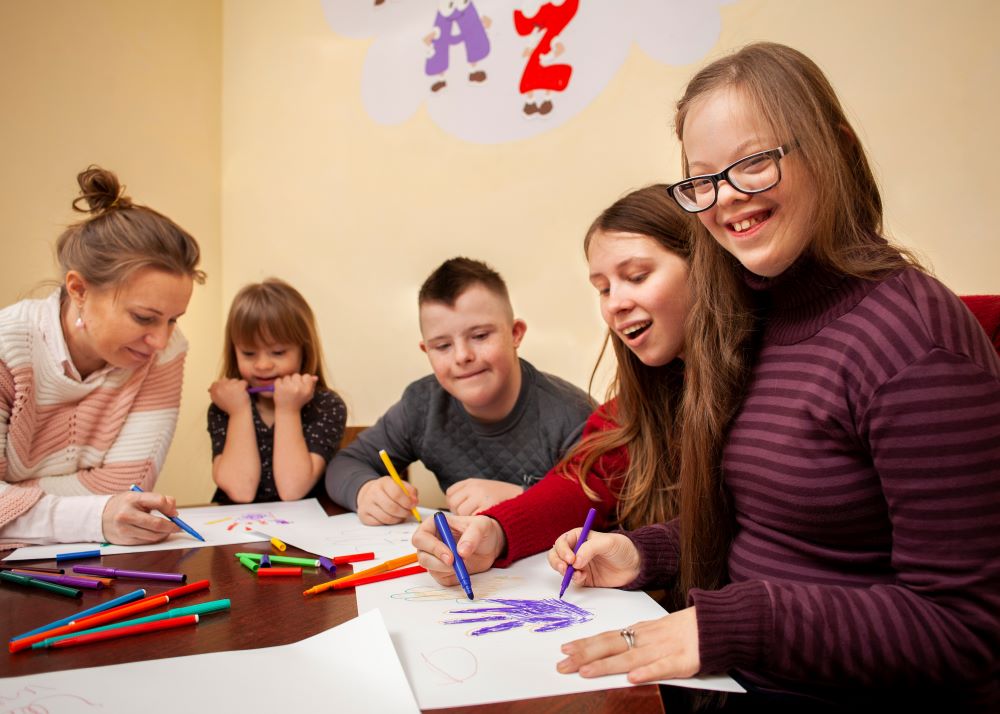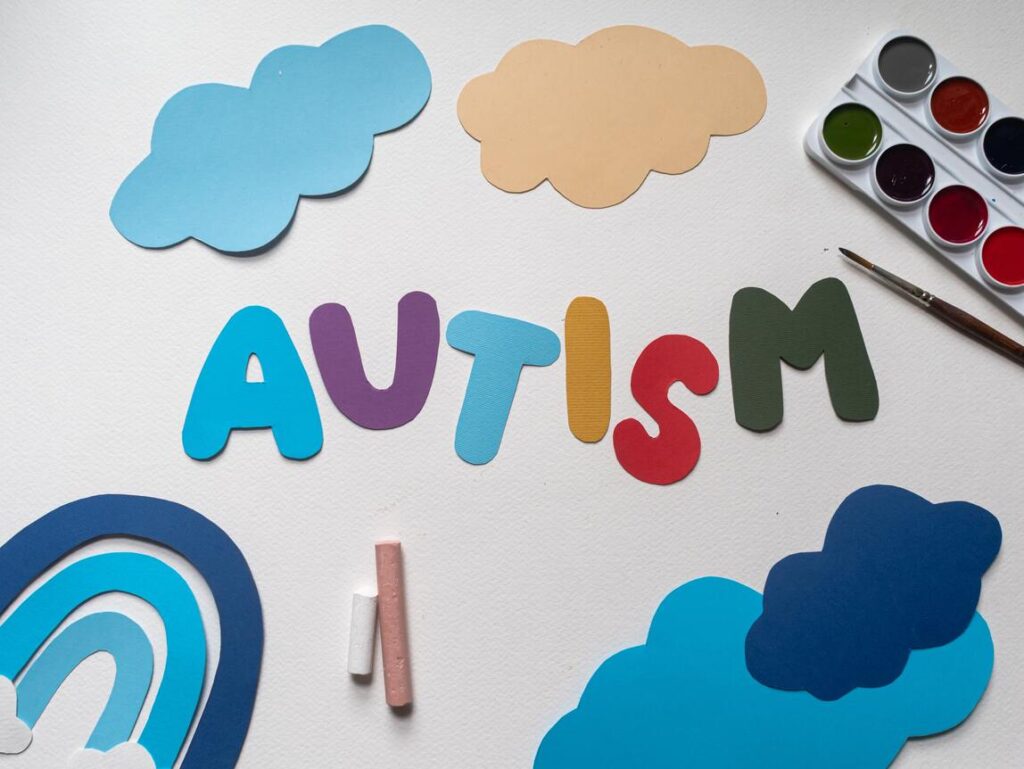Here is yet another ray of hope for people looking to treat autism. While hbot therapy and the use of Hyperbaric oxygen chamber to treat autism has been an expensive ordeal for most of the people looking to go for it, programs like the Montana Public Health Program is helping to treat autism for a 5 year old autistic boy, Dominic.

Dominic’s mother Lisa DiGiallonardo was very emotional in a happy way when she talked about her son’s improvement. “The Children’s Autism Waiver is saving my family,” Lisa says. “Before we had access to this program, my husband and I were held captive in our home by Dominic’s autism for three and a half years.”
“It felt good to finally know what Dominic had, but the outcome for the disease was really scary,” Lisa says. “There’s a lot science doesn’t know about autism, but from all the research we did, we were told that either Dominic wouldn’t ever live a normal life, or he might improve if we could give him one-on-one attention for eight hours a day every day of the week.
“And that was the hardest part. Here’s something that’s been proven to help your child get better, but you can’t do it,” she says. “Imagine doing this while caring for an infant and a husband and older child.”
Launched in 2009, the $2 million program is funded by a combination of state and federal funds to provide service to the youngest victims of autism, children between the ages of 15 months and five years.
We had a conversation with the hyperbaric Center Wisconsin. Even though HBOT Therapy (or hyperbaric oxygen chamber therapy) has not yet been certified as a staple treatment for autism, it has shown a good level of success for many children all over the country.
“Nobody really knows what causes autism. There is some general agreement that it is genetically based but that hasn’t really been determined,” says Jeff Sturm, development disability program director for DPHHS (The Montana Department of Public Health and Human Services). “But we are seeing some positive signs with early intervention programs, and the model we put together for this program is based on that.”
Twenty years ago, one in 10,000 children were diagnosed with autism; today, one in every 110 children has the disorder. A survey by our local hyperbaric Center in Wisconsin has also pointed similar numbers.
“Seventy-five percent of the increase is accounted for by the reclassification of the disorder and while the definition of autism has gotten better, the criteria for autism spectrum disorders has gotten bigger,” says Garfinkle, who is the point person for the state program and provides the training and technical assistance for the care providers who work with families.
Today, the disorder has five different disabilities under its umbrella, but generally they lead back to similar symptoms: poor social skills, impaired communication abilities and repetitive behaviors.
Danny is a proud brother to Dominic, but he is worried. “I hate the fact that kids talk about the special ed kids differently, and Dominic is going to have to deal with that on some level,” he explains.
“But he’s changed a lot, especially when you look at the video that was taken when he was diagnosed when he was 3. People talk about hope for Dominic. I don’t need hope. He’s already improved and he’ll continue to improve I guarantee it.”
Dominic, his father boasts, now loves to go to the grocery store. He loves taking the school bus. Incidents like this prove it that autism is no more something that cannot be done away with, even though patience and determination still play a vital role towards autism treatment.
(Courtesy: The News and Excerpts have been adapted from www . therepublic . com)



